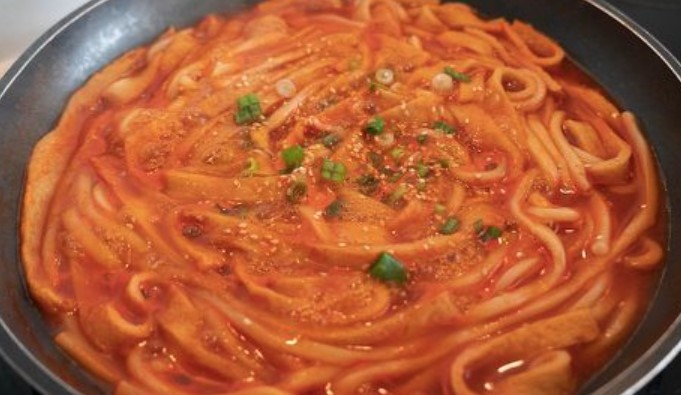Introduction to Kitaba (Groundnut Paste)
Kitaba, also known as groundnut paste, is a popular condiment in West African cuisine. Made from roasted groundnuts, or peanuts, kitaba is a staple ingredient in many dishes and can be used as a dipping sauce for vegetables or as a base for stews and soups. The nutty flavor and creamy texture of kitaba make it a versatile ingredient that can be used in both sweet and savory dishes.
Kitaba is rich in protein, healthy fats, and antioxidants. It is also a good source of vitamins and minerals, including vitamin E, magnesium, and potassium. These nutrients make kitaba a nutritious addition to any meal and can help support a healthy immune system, improve heart health, and reduce the risk of chronic diseases.
How to Make Kitaba (Groundnut Paste)
To make kitaba, start by roasting shelled peanuts in the oven or on the stovetop until they are golden brown. Be sure to remove the skins from the peanuts before grinding them into a paste. This can be done in a food processor or with a mortar and pestle.
Once the peanuts are ground into a paste, add a small amount of water and salt to taste. The water will help to thin out the paste and make it easier to mix. Some recipes may also call for the addition of other ingredients, such as garlic, ginger, or chili peppers, to add flavor and spice.
Store kitaba in an airtight container in the refrigerator for up to two weeks. The paste may separate over time, so be sure to stir it well before each use.
Uses and Health Benefits of Kitaba (Groundnut Paste)
Kitaba can be used in a variety of dishes, from sauces and dips to soups and stews. It is a common ingredient in West African dishes like maafe, a peanut stew, and groundnut soup. Kitaba can also be used as a spread on bread or crackers or as a dip for raw vegetables.
In addition to its versatility in the kitchen, kitaba also has numerous health benefits. The high protein content of peanuts can help to support muscle growth and repair, while the healthy fats found in kitaba can improve cholesterol levels and reduce the risk of heart disease and stroke. The antioxidants in peanuts may also help to protect against cancer and other chronic diseases.
Overall, kitaba is a delicious and nutritious ingredient that can add flavor and health benefits to any meal. Whether used as a dip or a base for a stew, kitaba is a versatile ingredient that is worth adding to your pantry.






